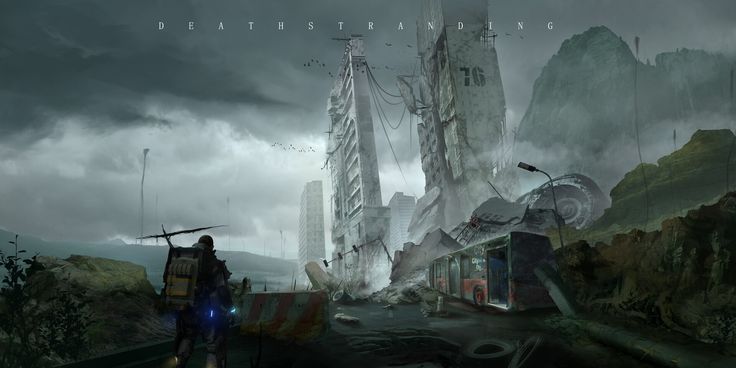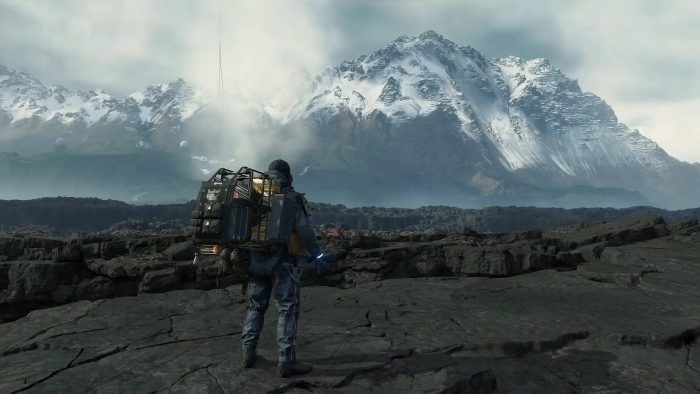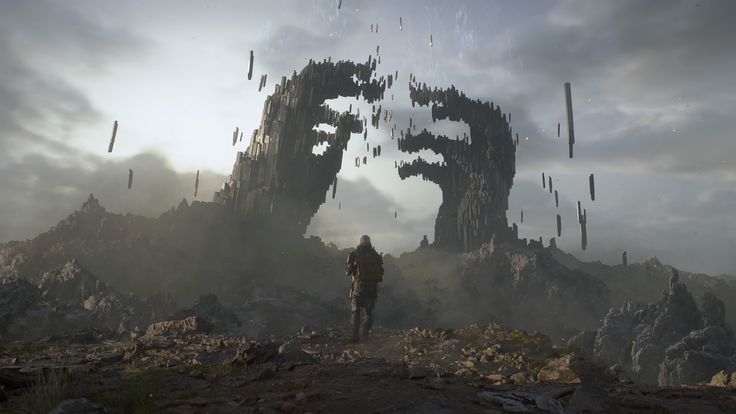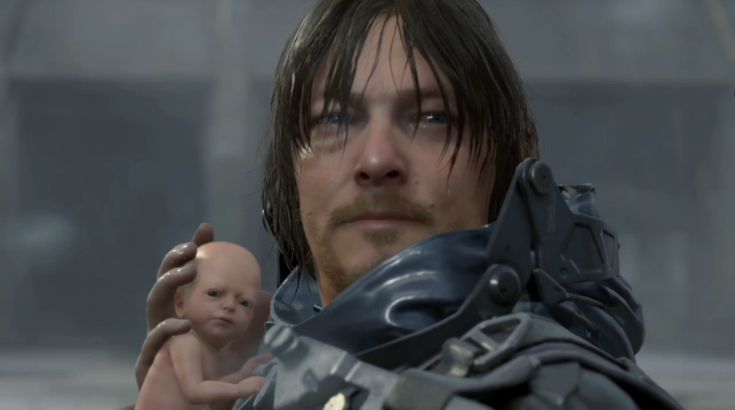How Does Kojima Seamlessly Blend Cinematic Scenes Into Gameplay Without Breaking the Flow?
Introduction
When you pick up a Hideo Kojima game, you’re not just playing—you’re experiencing something that feels almost alive. Kojima has always stood at the edge of gaming and cinema, blending the two in ways that most developers wouldn’t even dare to dream of. But what truly sets him apart is how he manages to deliver these cinematic moments without breaking the flow of gameplay. There’s no harsh pause, no sense of being ripped out of the experience; instead, the story unfolds seamlessly as you move, fight, and explore.
It’s like being in a movie where you hold the camera and the script bends to your actions. Whether it’s the tense sneaking sequences of *Metal Gear Solid* or the breathtaking deliveries across desolate landscapes in *Death Stranding*, Kojima’s approach makes you feel like you’re the protagonist in a blockbuster film—without losing the essence of interactivity. This is more than storytelling; it’s world-building with rhythm, emotion, and cinematic language woven into every step you take. And honestly, isn’t that what we’ve always dreamed games could be? Let’s dive into how Kojima pulls off this magic trick, creating cinematic experiences that never let go of that crucial heartbeat: player control.

How Does Kojima Seamlessly Blend Cinematic Scenes Into Gameplay Without Breaking the Flow?
When we talk about cinematic moments in games, most people think of cutscenes—those beautiful yet often interruptive sequences that wrest control away from the player. But if you’ve ever played a Hideo Kojima game, you know he doesn’t settle for that. Kojima doesn’t just want you to *watch* a movie inside a game; he wants you to *live* it. His design philosophy revolves around merging gameplay and storytelling so seamlessly that you forget where one ends and the other begins. The question is: how does he achieve this without breaking the rhythm of the game?
The magic lies in his mastery of **in-game cinematics**. Kojima often uses the game’s camera and environment as storytelling tools rather than relying solely on pre-rendered scenes. Think of *Metal Gear Solid V: The Phantom Pain*: during missions, conversations happen over the codec or radio while you’re free to move, plan, and act. The story flows naturally, and you never feel disconnected. You’re still in control—still the one driving the narrative forward.
Then there’s *Death Stranding*, a game that takes this concept to the next level. Kojima transforms what could have been mundane traversal into an emotionally charged experience. The cinematic framing of landscapes, the way the camera subtly shifts during key moments, and the inclusion of licensed tracks from Low Roar all create a mood that feels straight out of an arthouse film. But here’s the kicker: you’re still walking, still balancing Sam’s cargo, still playing. The rhythm of the gameplay isn’t broken; it’s enhanced.
Another technique Kojima uses is **dynamic camera work**. Instead of hard-cut transitions, he opts for fluid movements that make dialogue sequences or set pieces feel like part of your journey. In *Metal Gear Solid 4*, for instance, firefights and emotional character exchanges often happen simultaneously. You aim, you shoot, and all the while, characters are delivering lines that deepen the story. It’s chaos, but it’s orchestrated chaos—a deliberate design to keep you immersed.
Perhaps what makes Kojima’s approach so special is that he respects the player’s agency. He doesn’t yank the controller from your hands to deliver his narrative. Instead, he trusts you to experience it on the move. Even when a cutscene does appear, it often transitions so organically from gameplay that you barely notice. And let’s be honest—when Kojima *does* make you watch, it’s so good you don’t mind.
In the end, Kojima’s genius lies in his understanding that gaming isn’t about passive observation; it’s about active participation. By blending cinematic language with interactivity, he creates experiences that feel alive, where every camera angle and line of dialogue enhances—not interrupts—the rhythm of play. It’s a delicate balance that few have mastered, but Kojima makes it look effortless. And as players, we can only sit back (or rather, lean forward with the controller in hand) and marvel at the artistry behind it all.
More articles from the world of Nier
🎧 Dive Into the Unknown
I’ve recorded a special podcast exploring one of the many deep theories from the world of Nier. While it’s the only episode for now, there’s so much more to discover in the articles below—until the next voice finds its way to you.


















